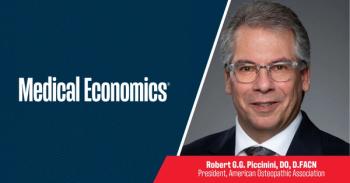
|Slideshows|May 28, 2019
Six things you need to know about prescription drug use and spending
Author(s)Jeffrey Bendix
A new report shows how medication use is expanding and changing.
Advertisement
Newsletter
Stay informed and empowered with Medical Economics enewsletter, delivering expert insights, financial strategies, practice management tips and technology trends — tailored for today’s physicians.
Advertisement
Latest CME
Advertisement
Advertisement
Trending on Medical Economics
1
The health risks of night shifts; cannabis use affects teen mood, academic performance; fathers’ microplastics may affect kids’ metabolic health – Morning Medical Update
2
AOA vs. ABIM: Introducing the lawsuit
3
RPM in 2026: Flexibility to optimize minutes spent on patient care
4
Are AI scribes safe?
5








